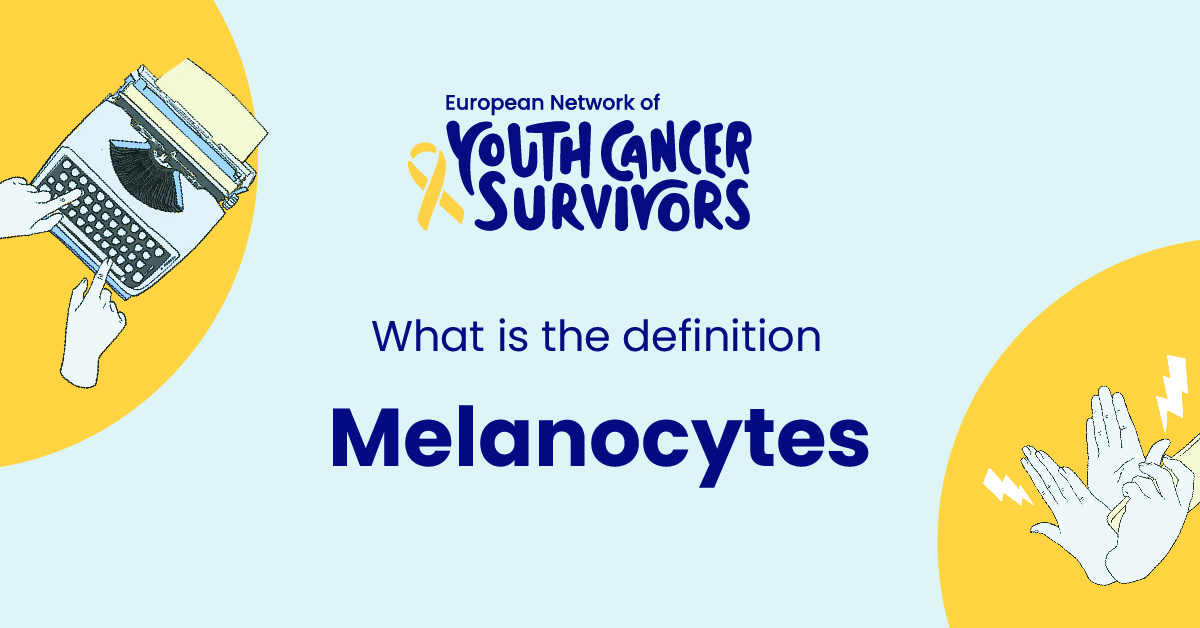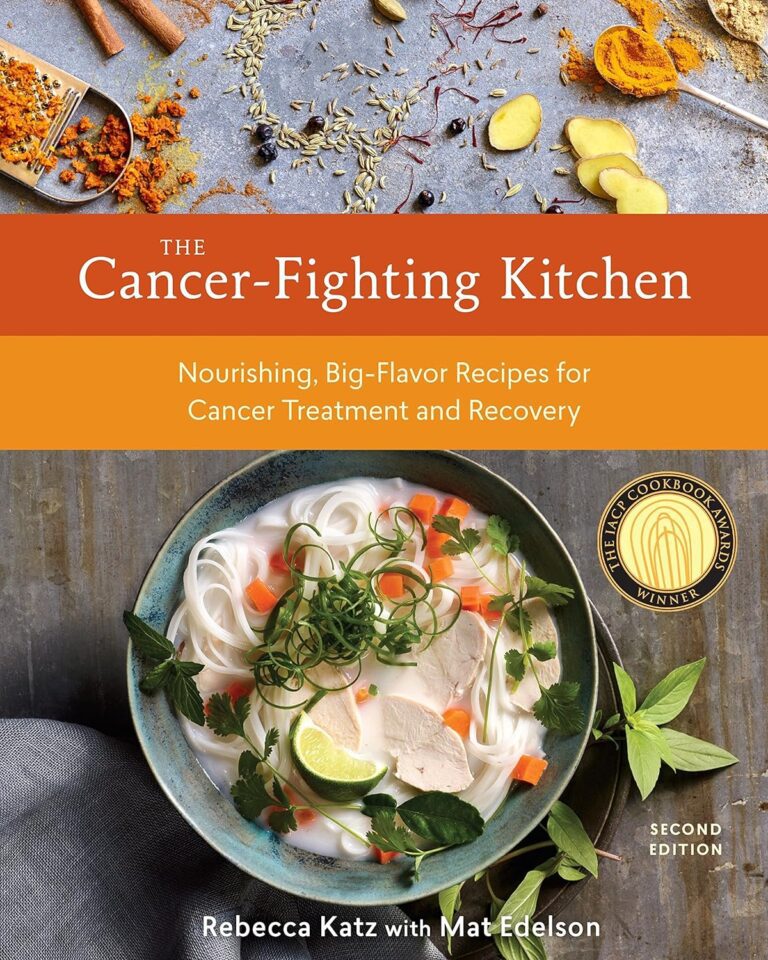
The human body is a complex system, with each component playing its vital role. One such crucial component is the melanocytes present in our skin. The understanding of these melanocytes is essential as they are intrinsic to several vital functions related to our skin’s health and aesthetics.
Understanding the Human Skin
Before delving into the specifics of melanocytes, it is crucial to grasp the basic structure of our skin. The human skin comprises three fundamental layers – the epidermis, the dermis, and the hypodermis. Each layer has a unique function and consists of various cell types, including melanocytes.
The primary role of skin cells includes protection against harmful substances, regulation of body temperature, production of Vitamin D, and also contributing to overall appearance. Among these skin cells, melanocytes hold a unique and vital responsibility.
Definition and Role of Melanocytes
So, what exactly are melanocytes? Melanocytes are unique cells found in the basal layer of the epidermis, the skin’s outermost layer. Apart from the skin, these cells are also present in other parts of the human body, including the eyes and the hair.
The principal role of melanocytes is to produce the pigment melanin, which is responsible for the color of our skin, hair, and eyes. Besides giving color, melanin also plays a crucial role in protecting our skin from harmful ultraviolet (UV) light, reducing the risk of skin cancer.
Interestingly, the distribution and quantity of melanocytes vary among individuals. This variation leads to the diverse skin colors observed in different races and ethnicities across the world.
Melanin: The Coloring Pigment
In the world of human skin coloration, melanin is a crucial player. But what exactly is melanin? Melanin is a pigment produced inside the melanocytes through a process known as melanogenesis. Melanogenesis is triggered by exposure to UV light, leading to more melanin production, which in turn causes the skin to darken, commonly known as sun tan.
Melanin, however, is not just a cosmetic pigment. It has a diverse range of effects on the human body. Its primary function is to absorb UV light, protecting the skin from harmful solar radiation. It also plays a key role in visual acuity and hearing.
Disorders Related to Melanocytes
Like most biological systems, disruptions within melanocytes can lead to diseases and disorders. The most commonly known skin disorders related to melanocytes are hypopigmentation and hyperpigmentation, where the color of the skin becomes lighter or darker, respectively.
Besides these, the abnormal proliferation of melanocytes can lead to skin cancer, specifically melanoma. Other disorders include Vitiligo, where the loss of melanocytes leads to white patches on the skin, and Albinism, where there is a complete or near-complete lack of melanin.
Get to know us better
If you are reading this, you are in the right place – we do not care who you are and what you do, press the button and follow discussions live

Study and Research on Melanocytes
The research in the field of melanocytes is of utmost importance considering the various roles these cells play. Ongoing studies aim at understanding the melanogenesis process, exploring ways to control it, and understanding the factors contributing to melanoncyte-related disorders.
Advances in melanocyte study have so far been promising. There has been an exponential increase in the use of technology for melanocyte research, leading to exciting innovations in skin disorder treatments and pigmentation management.
Conclusion
In conclusion, melanocytes are one of the tiny yet significant entities in our system playing a crucial role in maintaining our skin’s health and aesthetics. They are invaluable, offering protective and aesthetic value.
Despite the extensive knowledge about melanocytes, the field still opens up numerous opportunities for research. With each ensuing day, the understanding of melanocytes enlarges, taking us one step closer to taming the various disorders associated with them.
FAQs
- What is the primary role of Melanocytes in the human body?
Melanocytes’ primary role is to produce melanin, the pigment responsible for the color of our skin, hair, and eyes. They also protect our skin from harmful UV light.
- How does the distribution and quantity of Melanocytes differ in individuals?
The distribution and quantity of melanocytes vary among individuals, resulting in diverse skin colors observed in different races and ethnicities across the world.
- What are some common diseases associated with Melanocytes?
Disorders related to melanocytes include hypopigmentation and hyperpigmentation, skin cancer, specifically melanoma, Vitiligo, and Albinism.
- How does Melanocyte differ from other skin cells?
Unlike other skin cells, melanocytes produce melanin, which gives color to our skin and protects it from harmful UV light.
- What is the connection between Melanin production and Melanocytes?
Melanocytes produce the pigment melanin. The process of melanin production within the melanocytes is known as melanogenesis, which is triggered by exposure to UV light.

















Comments
Thank you. Comment sent for approval.
Something is wrong, try again later